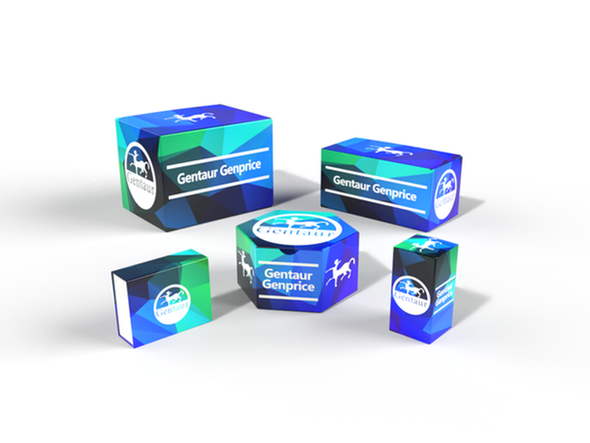BW
CARD14 polyclonal Antibody | BS60815
- SKU:
- BW-BS60815
- Availability:
- Usually ships in 5 working days
Description
CARD14 polyclonal Antibody | BS60815 | Gentaur UK, US & Europe Distribution
Host: Rabbit
Reactivity: Human,Mouse,Rat
Application: WB
Application Range: WB: 1:500~1:1000
Background: Membrane-associated guanylate kinase (MAGUK) family members localize to the plasma membrane and function as molecular scaffolds for the assembly of multi-protein complexes. The MAGUK family includes several mammalian proteins related to the Drosophila tumor suppressor discs-large (dlg) gene product, such as postsynaptic proteins, GKAPs, the tight junction associated proteins (ZO-1–3) and the caspase-associated recruitment domain (CARD) proteins: CARD 6, CARD 8-12 and CARD 14. CARD 14 is a 1,004 amino acid protein consisting of an N-terminal CARD domain, a central coiled-coil domain and a C-terminal tripartite domain comprised of a PDZ domain, an Src homology 3 domain and a GUK domain with homology to guanylate kinase. CARD 14 is expressed in the placenta where it positively regulates apoptosis. CARD 14 also controls NF˚B activation by phosphorylating BCL10, a signaling protein that activates NF˚B through the I˚B kinase complex. Epigallocatechin-3-gallate (EGCG) is a polyphenol that induces the expression of CARD 14.
Storage & Stability: Store at 4°C short term. Aliquot and store at -20°C long term. Avoid freeze-thaw cycles.
Specificity: CARD14 polyclonal Antibody detects endogenous levels of CARD14 protein.
Molecular Weight: ~ 113 kDa
Note: For research use only, not for use in diagnostic procedure.
Alternative Names: Caspase recruitment domain-containing protein 14; CARD-containing MAGUK protein 2; Carma 2; CARD14; CARMA2
Immunogen: A synthetic peptide corresponding to residues in Human CARD14.
Conjugate: Unconjugated
Modification: Unmodification
Purification & Purity: The Antibody was affinity-purified from rabbit antiserum by affinity-chromatography using epitope-specific immunogen and the purity is > 95% (by SDS-PAGE) .
Pathway:






